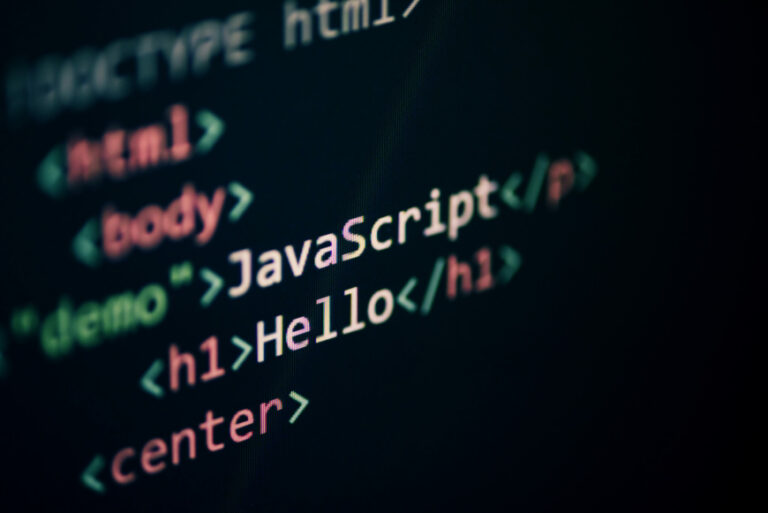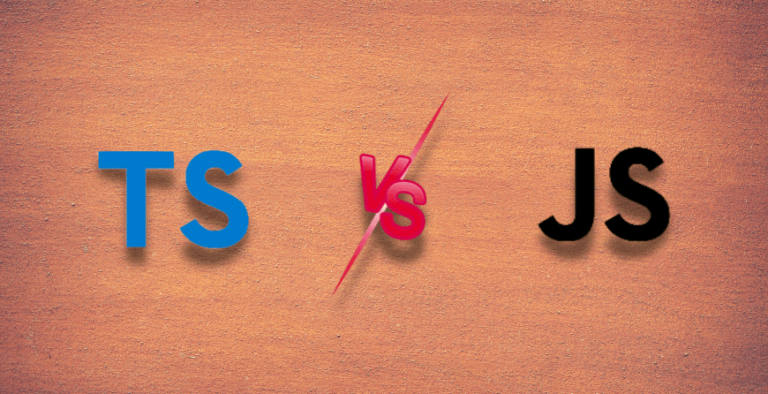JavaScript Interview Questions

Outline
This is a comprehensive guide on JavaScript interview questions. It has three sets of important JavaScript interview questions and answers: Beginners, Intermediate and Advanced.
With the help of our sure-fire JavaScript interview preparation guide, you can ace your upcoming interview and land your dream position as a JavaScript developer.
Introduction - JavaScript Interview Questions and Answers
Javascript is the most popular programming language for web development. More than 90% of websites on the internet are built on top of JavaScript and is still considered the ideal programming language to build robust web applications.
Its multiparadigm, single-threaded, dynamic language supports object-oriented, declarative, and imperative programming styles. Even with such functionalities, it still manages to be a lightweight programming language with a huge library and framework support.
Because of these and many other features, developers and IT firms choose JavaScript as their go-to.
Optymize is a US-based company with global clients. We offer 100% remote opportunities as well as competitive payments. Sign up with us, crack the interview and work with Fortune 500 Companies.JavaScript Interview Questions For Beginners
1. How to create objects in JavaScript?
There are multiple ways to create objects in JavaScript:
Object create method- In this, an object can be created by passing the prototype object as a parameter.
- Object constructor is one of the easiest methods to create a javascript object.
- In this method one can create a function and then can assign the new operator to create new object instances.
2. What is Hoisting in JavaScript?
3. What is the function of a Debugger word in JavaScript?
4. What is a Prototype Chain?
New types of objects are built using a prototyping chain which can be done using existing objects.
The object instance of the prototype is available through Object.getPrototypeOf(object) and the prototype on function is available through Object.prototype.
5. What is the difference between the var and let keywords?
The var keyword has been used since the early days of javascript, whereas the let keyword was added in 2015.
The let keyword has its defined scope, but the variable scope is limited to its block which means the let keyword cannot access any variable outside of that block.
Whereas, the var keyword has its defined function scope where it can access the variable that exists anywhere in the function.
6. Explain JSON and its operations
JSON is a text-based data format that follows JavaScript object syntax. It becomes handy when you transmit data across different networks. It’s a text file in a .json extension and a MIME type of application/json.
Parsing: converting string to a native object.
JSON.parse(text);
Stringification: to transmit an object over a different network this operation is performed where it converts the native object to strings.
JSON.stringify(object);7. What is DOM?
DOM(document object model) is a programming interface for HTML and XML.
Whenever the browser tries to render an HTML document, it creates an object according to the HTML document called the DOM. This DOM can manipulate and change any element in the HTML document.Intermediate JavaScript Questions and Answers
With practice, you will be able to respond to basic JavaScript interview questions with ease as a developer.
We have gathered some challenging JavaScript interview questions for you in this part. You can get assistance from this section with these precise types of intermediate JavaScript interview questions you might face while looking for work.1. What does the array splice method do?
The splice()method adds or removes items from or to the array and then it returns the removed item.
Here the first argument defines the position of the array for insertion or deletion whereas the other one defines the number of elements to be removed.
For Example:2. How does slice differ from splice?
A robust macro system that supports meta-programming is offered by Rust. Macros, which resemble functions with the exception of the fact that their names finish in a bang(! ), as you saw in the previous example, are extended into source code that is built alongside the rest of the programme rather than a function call. In contrast to functions, they offer a programme extra runtime features. Functions are developed into macros.
| Splice | Slice |
|---|---|
| Mutable(Can modify array) | Immutable(cannot modify array) |
| Returns the deleted elements | Returns a subset of array |
| It's used to insert or delete the item from array or to array | It is used to pick array items |
3. Which method is used when retrieving a char from a certain index?
4. What is recursion?
Recursion is a process that is used to iterate over an operation by having a function call itself repeatedly until it arrives and gives specific results.
Example:if (number === 0) {
return;
} console.log(number);
countDownFrom(number – 1);
}
countDownFrom(6);
// 6
// 5
// 4
// 3
// 2
// 1
5. What is the use of a Constructor?
Constructors are used to create multiple objects with similar properties and methods.
Example:
Below we have created a constructor function Person.
this.name = name;
this.age = age;
this.gender = gender;
}
var person1 = new
Person(“Neil”, 76, “male”);
console.log(person1);
var person2 = new
Person(“Angel”, 34, “female”);
console.log(person2);
To create a new object type of person we have to use a new keyword.
5. What is a Closure?
A closure is an inner function(combination of function and branch environment in which it was declared) that has access to the outer enclosing variable.
It has three chain scopes:
- Its own scope, where it’s declared with curly braces
- Global variables
- Outer function variables
var greetingInfo =
function (message) {
console.log(message + ” ” + name);
};
return greetingInfo;
}
var myFunction = Welcome(“Tim”);
myFunction(“Welcome “); //Output: Welcome Tim
myFunction(“Hello Mr.”); //output: Hello Mr.Tim
Above the inner function greetingInfo has access to outer function variables.
Advanced JavaScript Interview Questions
1. Why do we need a strict mode?
Strict mode allows us to write safe javascript codes. It changes previous “bad syntax” into errors.
For example, while coding one might create a global variable mistakenly. In strict mode, it will throw an error by which there will be no more accidental global variables. While writing in JavaScript normally, a developer will not receive any error feedback assigning values to non-writable properties. However, in strict mode, it can throw errors to the non-writable property.
2. What are promises in JavaScript?
Promises handle the asynchronous operations in JavaScript.
Before promises, callbacks were used to handle these operations, but using multiple callbacks led to unmanageable code. So promises emerged as a solution.
Promises objects in four states:
- Pending: this state represents the promises that have not been fulfilled or rejected, it’s only pending.
- Fulfilled: as the name suggests this state represents the promises that are fulfilled, meaning the asynchronous operations are executed.
- Rejected: this state represents the promises that are rejected because of some issues, and asynchronous operations failed.
- Settled: this state represents that the promises are either fulfilled or rejected.
3. What is Null?
4. What is Eval
5. Explain is NaN?
Conclusion
Whether you’re a developer getting ready for an interview or a hiring manager trying to find the ideal candidate, we believe these JavaScript interview questions and answers will be a tremendous help to you during the process. Keep in mind that technical proficiency is only one aspect of the hiring process. Both prior experience and soft skills are essential if you want to be hired for a high-paid web development position.
Keep in mind that many of the JavaScript interview questions are open-ended. Not just the answer you memorized, but also your reasoning will be of interest to the interviewer. Always be prepared to address any follow-up inquiries about how you came to your conclusion. Describe the way you think. Good Luck! Regarding your future JavaScript interview. You can browse through our listings for JavaScript developer jobs here.





